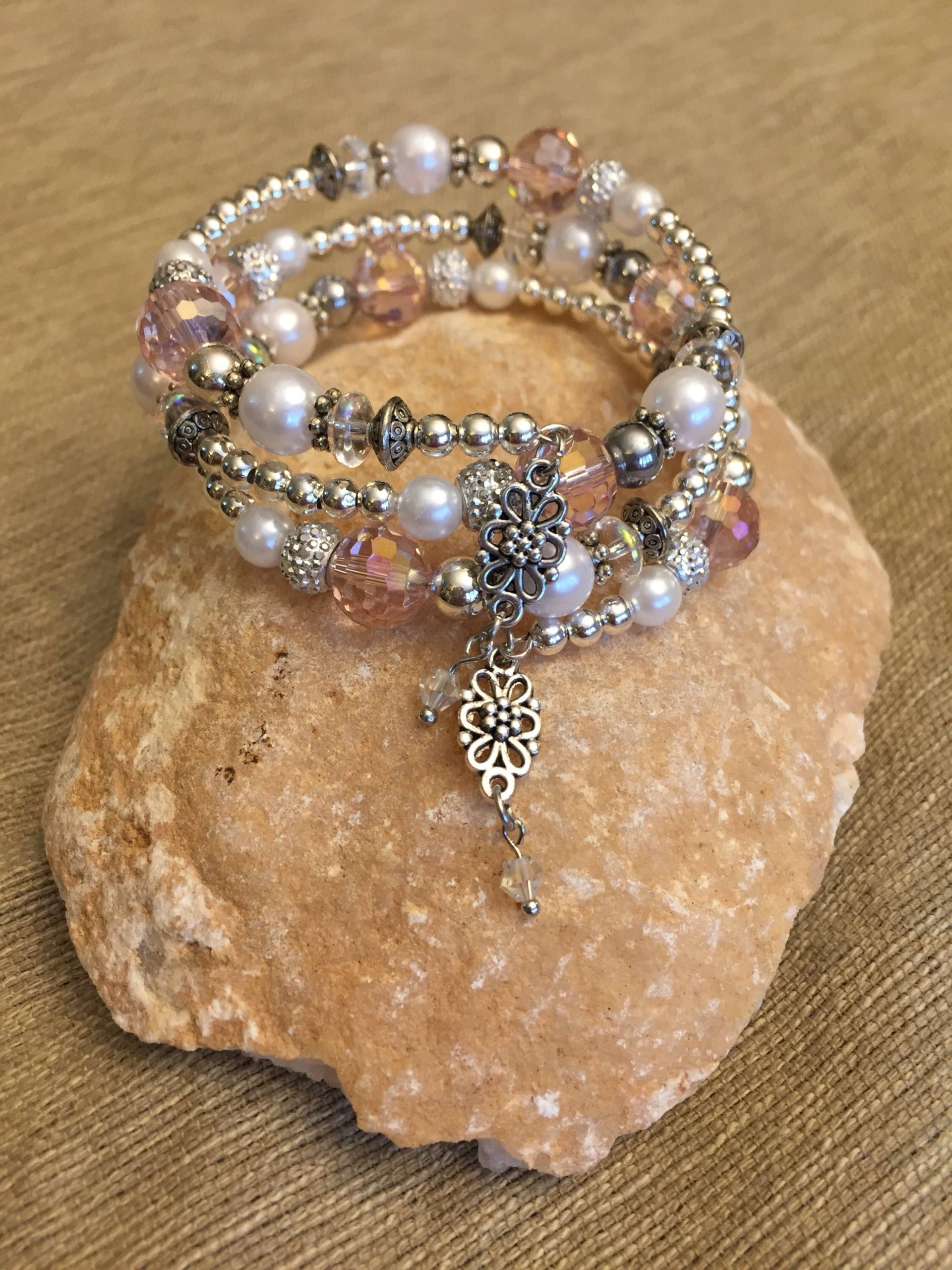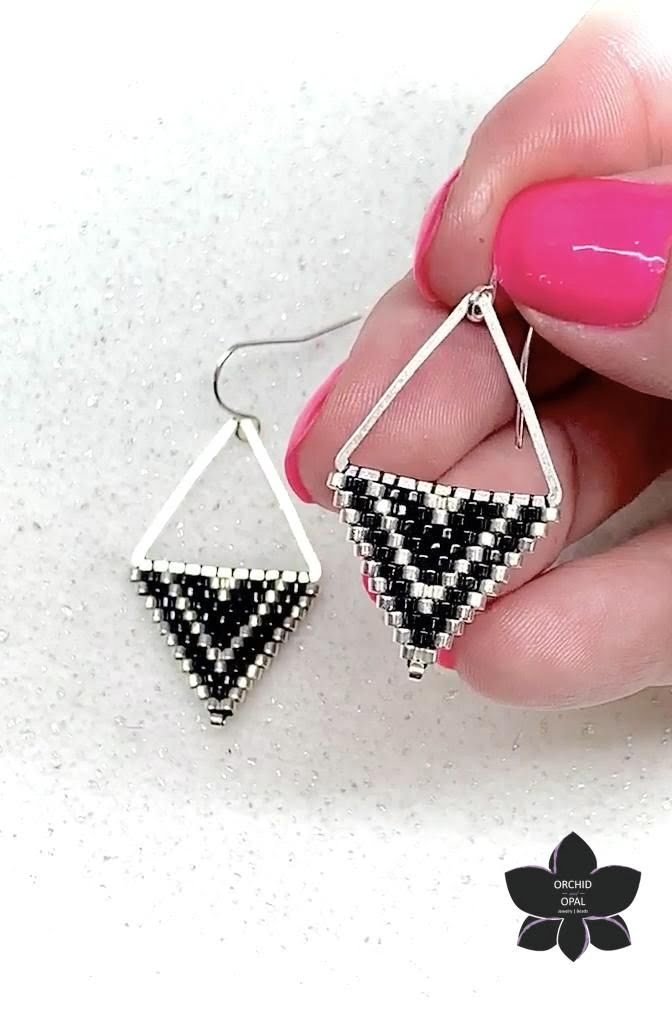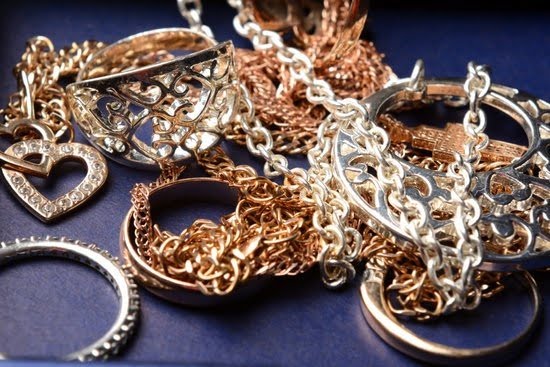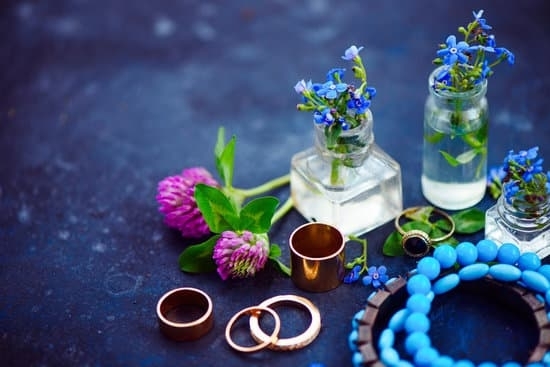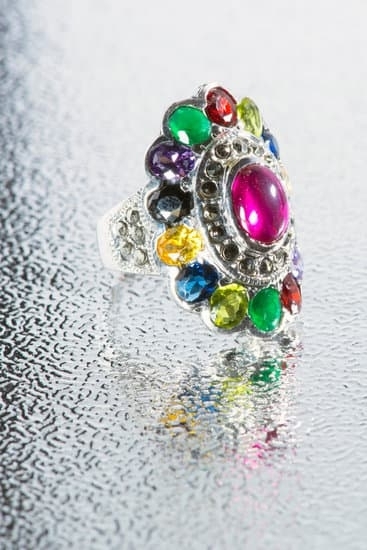Regular, proper care and cleaning of jewelry is essential in order to keep it looking its best. Whether it’s a valuable heirloom or costume jewelry, caring for it properly can help extend the lifespan of your favorite pieces. It’s important to understand some basics about how to clean jewelry as well as what not to do. This article will provide an overview of effective strategies for jewelry help regular cleaning maintenance.
Types of Jewelry Cleaning Solutions
When it comes to cleaning jewelry there are numerous methods and products that can be used to restore luster and reduce tarnish on both metal surfaces and gems. Some of the most common solutions include liquid jewellery cleaner, soap and water, copper cleaner, and vinegar-based cleaners.
Make sure you use appropriate products based on the type of jewelry you’re cleaning – some gems are porous such as opals so only mild detergents should be used on them; also certain stones such as turquoise must never come into contact with peroxide products since their colors can be damaged by harsh chemicals.
Additionally using soft bristled toothbrushes or swabs will help remove dirt from tiny crevices or hard-to-reach spots without damaging your precious side stones or metal settings.
Tips for Jewelry Experts
In addition to care instructions specific to a piece of jewelry’s materials, there are also general tips that can help keep any item sparkling clean over time. Taking a few minutes each week for maintenance will pay off: store pieces away from direct sunlight or sources of heat as both affect metal color; avoid swimming/showering with items if possible; remove rings before applying lotion , perfume, etc.
; handle with clean hands free from oils; lastly make sure to include regular check-ins with an expert jeweler especially once per year who performs assessments, polishes stones if needed, checks gemstones setting secureness and reinforces any weak links on chains (clasps), etc. All these efforts will ensure that your favorite pieces remain in excellent condition while providing years worth of enjoyment.
Identifying Jewelry Materials
Jewelry is a form of personal adornment that can be used to express your individual identity. Jewelry comes in all shapes and sizes, but one common thread is that regular maintenance of the items is essential for extending their lifespan. Follow these steps each time you wear jewelry to preserve its beauty. Although different jewelry materials will require different cleaning methods, one thing they do have in common is the need for regular cleaning and maintenance.
When cared for properly, jewelry can last a lifetime if not longer. To start, it’s important to first identify the materials used in your jewelry so you can determine proper cleaning and storage techniques. Many pieces are recycled or vintage so it can be difficult to determine the original metal type and surface treatment. Here’s a breakdown some of the most common jewelry materials:
Gold: Gold was one of the earliest metals used in jewelry and has been a symbol of wealth and status throughout history. It’s available in an array of colors including yellow, white, rose gold, green gold, and copper gold with different karat ratings (24k being purest). Gold alloyed with other metals like silver or copper make it more scratch resistant while still maintain its beauty.
Silver: Silver was another popular metal found in ancient times used mainly as currency until it was later crafted into vessels and jewelry pieces. Unlike its counterpart gold which comes in varied hues, silver typically remains solid white creating an elegant look with many contemporary designs incorporating this metal type.
Pure silver is soft making it susceptible to scratches; however, sterling silver (925) offers greater durability when alloyed with copper creating an alloy that tarnishes slower than pure silver over time requiring routine polishing.
Platinum & Palladium: Both platinum & palladium are a mix of five metals (platinum/palladium respectively) making them extremely strong and durable from everyday wear-and-tear yet slightly prone to scratching when not handled with care due to their softer attributes compared to other higher Karat rating precious metals like 24k gold.
Being white visage gives them more contemporary appeal popularly seen amongst high end couture fine-jewelry brands world-wide such as Cartier & Tiffany’s both using platinum for nuptial bands among other luxury accessories alike.
Caring for Jewelry
Regularly cleaning jewelry has many benefits both aesthetically and functionally. Cleaning jewelry helps maintain its appearance and can restore its sparkle. This is important because if the jewelry becomes dull or tarnished, it could significantly reduce its value, especially if it is a precious metal.
In addition to maintaining its value, cleaning jewelry also ensures that no buildup is developing on it. This can be beneficial for health purposes as certain types of soaps and chemicals build up on jewelry, including lotions and oils from skin contact. If the buildup isn’t removed regularly, this can lead to unsightly discoloration of the metal or gems which could ultimately affect their longevity.
Cleaning jewelry can be done at home by either using vinegar, baking soda, or a commercial-grade cleaner specifically formulated for different types of metals like gold and silver. Additionally, soaking the item for just a few minutes helps loosen up any dirt that may have accumulated over time.
At home cleaners generally provide enough of a base cleanser though some suggest adding detergent for extra cleaning strength when removing dirt from more intricate pieces with tiny nooks (i.e., rings).
Professional cleaners should also be used occasionally on items that require more intensive care such as vintage pieces or antique pieces made out of precious metals. Professionally cleaning an item provides deeper access and coverage into crevices where dirt may accumulate or be hiding in plain view but difficult to remove through basic at home solutions outlined above.
This removal process can help preserve the natural shine and protect against future oxides unlike at-home remedies which only remove surface level dirt. In other words, occasional visits to professional jewelers are recommended for heavy-duty maintenance such as deep cleanings within intricate orders containing gemstones and diamonds as well as antiquities from previous family heirlooms before given as gifts this holiday season.
Everyday Cleaning Tips
Jewelry is an essential part of both men and women’s appearance. It can add sparkle, character, and personal adornment to any wardrobe; however, it needs to be properly taken care of in order for jewelry to remain beautiful and valuable. Regular cleaning with everyday items is the best way to maintain a wonderful looking piece of jewelry. Doing this will help preserve their luster and bring out their brilliance for years to come.
When it comes to cleaning at home, there are several options depending on the type of tarnish or dirt your jewelry requires removal from. Generally, if it’s something just surface-level such as dust or smudges you can use items like baking soda, ammonia or vinegar combined with warm water to help remove any dirt buildups quickly and safely.
All-purpose cleaners such as rubbing alcohol also make great solutions when combined with warm water as they work effectively at dissolving away any kind of sticky residue that may have accumulated due to sweat or lotions being around them daily. Additionally, special polishes that contain specific ingredients designed for your particular metal types should always be used according to the instructions provided by the manufacturer.
If more than just surface tarnish has built up on your jewelry then using a professional cleaner will help restore its natural shine in no time but this should only be done when absolutely necessary since overuse could cause damage and make certain details harder or impossible to clean further down the road due to excessive usage damage taken place.
Professional cleaning methods should always be done by a trained professional in order to make sure it is done correctly and gently; thus, preventing loss of value in your piece(s) long term as well preserving its beauty until ready for another process again in future years.
Cleaners & Solutions
Jewelry help regular cleaning maintenance is essential for proper care and sustainability. Jewelry will dull over time; this is true with even the highest quality pieces. This can be due to oils from skin, sweat, makeup, and exposure to air pollutants that cause a film of nail polish-like grime over the metal or gemstones. Regularly cleaning jewelry will ensure that the sparkle remains and your piece’s luster remains intact.
Jewelry can be cleaned with several different methods to restore its original shine. Different metals require different cleaners, such as silver with polish or gold with a soft cloth & warm water. Natural stones are porous and delicate materials which require chemical free solutions like warm soapy water. For smaller gems and diamonds which are set into rings or other fine jewelry, using an ultrasonic machine is recommended for a deep clean without risking any damage.
There are many commercial jewelry cleaners on the market that provide effective but gentle cleaning options for all types of jewelry items ranging from mild soap solutions to specialized liquid cleaners with polishing cloths or pads included. However, there are natural techniques such as scrubbing with baking soda and toothpaste or soaking in vinegar or diluted lemon juice that make excellent homemade jewelry cleaner solutions if store-bought products are unavailable or not desired.
Whichever option you choose for maintaining your jewelry regular cleaning maintenance it will ensure years of enjoyment wearing beautiful pieces free of unnecessary build up.
Jewelry Polishing Cloths
Jewelry polishing cloths are incredibly handy items to have on hand for cleaning and maintaining the sparkle and luster of your precious adornments. There are a few different types of cloths for jewelry, all with their own pros and cons.
The type of cloth that you choose will depend largely on what you’re attempting to accomplish in terms of cleaning your jewelry pieces. Before we delve into which options may work best for your cleaning needs, let’s discuss the differences between them.
The first type of jewelry polishing cloth is a buffing or flannel cloth. Flannel is generally preferred because it won’t scratch surfaces, making it great for daily maintenance and preserving a smooth finish on silver, gold and other precious metals. The fiber has just enough texture to grab onto dust particles, but gentle enough that it won’t damage any gems or stones that make up any piece of jewelry.
With regular use, flannel can help keep stubborn tarnish at bay while increasing the longevity of your pieces over time. It is important to wash this type of cloth regularly with hypoallergenic detergent to be sure no dirt or oils are left behind on your jewelry – remember, these microscopic particles can eventually dull the shine over time if not removed properly.
A second type of polishing cloth is an impregnated cloth which is treated with polishing compounds specifically intended for a certain task on specific metals and finishes. For example, some might be better suited for removing surface scratches in silver whereas others might be better at restoring luster in gold – it all depends on the solution or compound included in the impregnation process itself.
You’ll want to read through the manufacturer descriptions carefully when selecting an impregnated polishing cloth so you make sure it suits your needs appropriately. Another thing to bear in mind is that these often don’t have quite as long a lifespan since they contain chemical components which will wear out quicker than fabrics used in traditional buffing processes alone.
Finally, ultrasonic cleaners have become popular among those who clean their jewelry more regularly than most. These are used with an industrial grade detergent and water solution that helps loosen up dirt from even the most finicky settings without having to scrub them by hand.
Ultrasound waves will cause tiny bubbles within this mixture which effectively remove trapped dirt or discoloration from virtually any material quickly and easily; leaving behind nothing but sparkling results every single time. Of course this should always be performed by a professional gemologist as improper internal cleaning can easily damage delicate gemstones like diamonds; potentially diminishing their value instead of enhancing it as intended.
Jewelry Ultrasonic Cleaners
Jewelry ultrasonic cleaners have one main purpose – to properly clean jewelry without damage. The most significant benefit of using an ultrasonic cleaner is that it helps to maintain the shine and luster of any piece of jewelry, no matter how intricate it is.
This means that even the tiniest details can be kept sparkling for years to come. With its high-frequency, ultrasonic sound waves, the machine will break down dirt, dust and oil on all types of precious metals, stones and gems.
Ultrasonic cleaning machines are also fast and convenient compared to other methods like hand washing with gentle soap or alternatively taking a piece of jewelry in to a professional cleaner on a frequent basis. There is no hand scrubbing required when using an Ultrasonic, making it ideal for those who are looking for a quick way to keep their pieces sparkling.
Plus, as long as you use the machine according to its directions – with suitable liquids and temperature – then there is very little risk to your precious items.
Despite these benefits though, there are some downsides. One of them being cost – depending on what size ultrasonic cleaner you purchases for home use, prices can range from approximately 50 dollars upwords giving you a small compact ultrasonic or upwards into hundreds or thousands if you decide on industrial levels machines.
Additionally, when cleaning fragile items such as antique jewellery pieces they must be handled with extra care and therefore not all designs might be recommended for use an Ultrasonic Cleaner as vibrations might cause damage them further down the line when used in incorrect settings and materials
Lastly another downside would be that more complex gemstones such as opals increase the risk of chipping due excessive heat – so ultra sonics shouldn’t be used on these gems too frequently or with too much power. It’s always better in this instance to take those valuable jewels into a professional jeweller who has experience dealing with complex items such as these.
Professional Cleaning Procedures
Jewelry is an item of personal expression and fashion. However, if exposed to daily elements such as dirt, sweat, and other contaminants, they can easily lose their luster and sparkle. Regular cleaning maintenance can help preserve the beauty of the jewelry and prevent that blemish or scratch. But what’s the best way to ensure that your pieces stay clean? Professional cleaning services are available from some jewelers as an option to restore sparkle even in used pieces.
There are several different ways to approach professional cleaning procedures for jewelry. To ensure the best results for your piece, you’ll want to make sure that only experienced professionals handle it.
Jewelers with a proven track record of good customer service backed by a money-back guarantee should be the go-to source for regular care consultation and cleaning. They can perform various techniques involving ultrasonic machines, steam cleaners, chemical baths, hand polishing, and brush buffing to gently wipe away dirt and grime without damaging gemstones or metals found in rings, bracelets, necklaces or earrings.
The method chosen will depend on the material composition of each piece so asking questions and having a full understanding of both methods as well as costs involved can help you choose what works best in each instance. For example, gemstones like sapphires will require special processes using milder products such as hot water or dish soap instead of harsher chemicals more suited for metal surfaces like silver or gold.
A professional cleaning may also include inspection of any damages that have happened over time suggesting certain preventative measures such as avoiding getting jewelry wet when engaged in day-to-day activities or taking it off before bedtime so not to cause unnecessary wear and tear on prongs or clasps.
Restyling options are also available from certain jewelers taking new designs into consideration be it a style upgrade or simply a repair due to breakage depending again on preferences made by the individual who owns them thus restoring its original glory if not beyond.
Storing & Displaying Jewelry
Organizing and displaying jewelry is important for both aesthetic and practical reasons. Depending on the type of jewelry, it may need regular cleaning to keep it looking its best. Cleaning also helps maintain a safe condition for items that are consistently in contact with skin, such as rings.
Regularly cleaning specific pieces or at least once every few months is an efficient method to reduce discoloration or tarnishing of jewelry over time. Even jewelry pieces stored away can benefit from occasional cleaning since they can collect debris, dust, and oils while in storage. Here are some tips for organizing and displaying jewelry while not in use.
The first tip is to be sure to store securely so nothing falls out or gets lost. Designate one drawer, shelf, box or other container for each item (necklaces, bracelets) and separate them by type into smaller bins if necessary.
Additionally, choose the right material when selecting containers to store jewelry; options include velvet-lined boxes or plastic containers with dividers. The material should be able to absorb moisture without causing damage; cardboard is an example of materials that should not be used as a storing option – it contains acid which will quickly corrode metals.
Additionally, proper display solutions aid in making sure everything stays organized and easy to access when needed. Using a clear acrylic stand instead of laying multiple items out on top of each other will help keep them tangle free and easily visible at all times.
If possible include individual hooks so necklaces can be kept hanging off a surface rather than being stowed away in drawers or boxes. For both wall mounted displays or rolling stands, try to space out items enough that air flow can still easily reach the surface decreasing potential build up from possible condensation around certain items touches the metal portions – use little spacers between dangling earrings for instance).
Finally, when picking out products for storing jewelry always make sure they’re nontoxic so no delicate items get ruined by prolonged exposure with chemical laden solutions – certain types may have stickers warning users of potential harms otherwise check label contents beforehand. With these tips storing & displaying jewelry should stay organized and easy to access – whether its “me-time” earrings or special occasions necklaces.
Conclusion
The benefits of maintaining your jewelry and keeping it in tip-top shape are immense. From making sure that you’re able to wear your favorite pieces all the time, to ensuring that each piece looks as beautiful as the day you got it, a regular cleaning regimen is a great way to keep your jewelry looking pristine. It also adds an extra layer of security, helping prevent rust and tarnish from forming on metallic items.
By regularly cleaning your jewelry, you can make sure that any dirt, dust, and oils won’t build up over time. This takes away the threat of nature’s elements such as moisture or even just air corroding your precious metals and stones.
Having clean jewelry also makes it much easier to spot any visible flaws or damage before they have time to worsen – allowing you to take action sooner rather than later. Additionally, polishing helps counteract dullness which can make certain items look older than they actually are.
Overall when it comes to taking care of your jewelry then keeping it in good shape with regular cleanings is well worth the benefits that come along with it. While gold plated items may require special care depending on their finish, most other materials need very little care beyond routine maintenance.
To keep the shine high and corrosion low make sure to add jewelry cleaning into your calendar for maximum effectiveness – spring or fall should be a great reference point if you need something concrete.

Welcome to my jewelry blog! My name is Sarah and I am the owner of this blog.
I love making jewelry and sharing my creations with others.
So whether you’re someone who loves wearing jewelry yourself or simply enjoys learning about it, be sure to check out my blog for insightful posts on everything related to this exciting topic!

